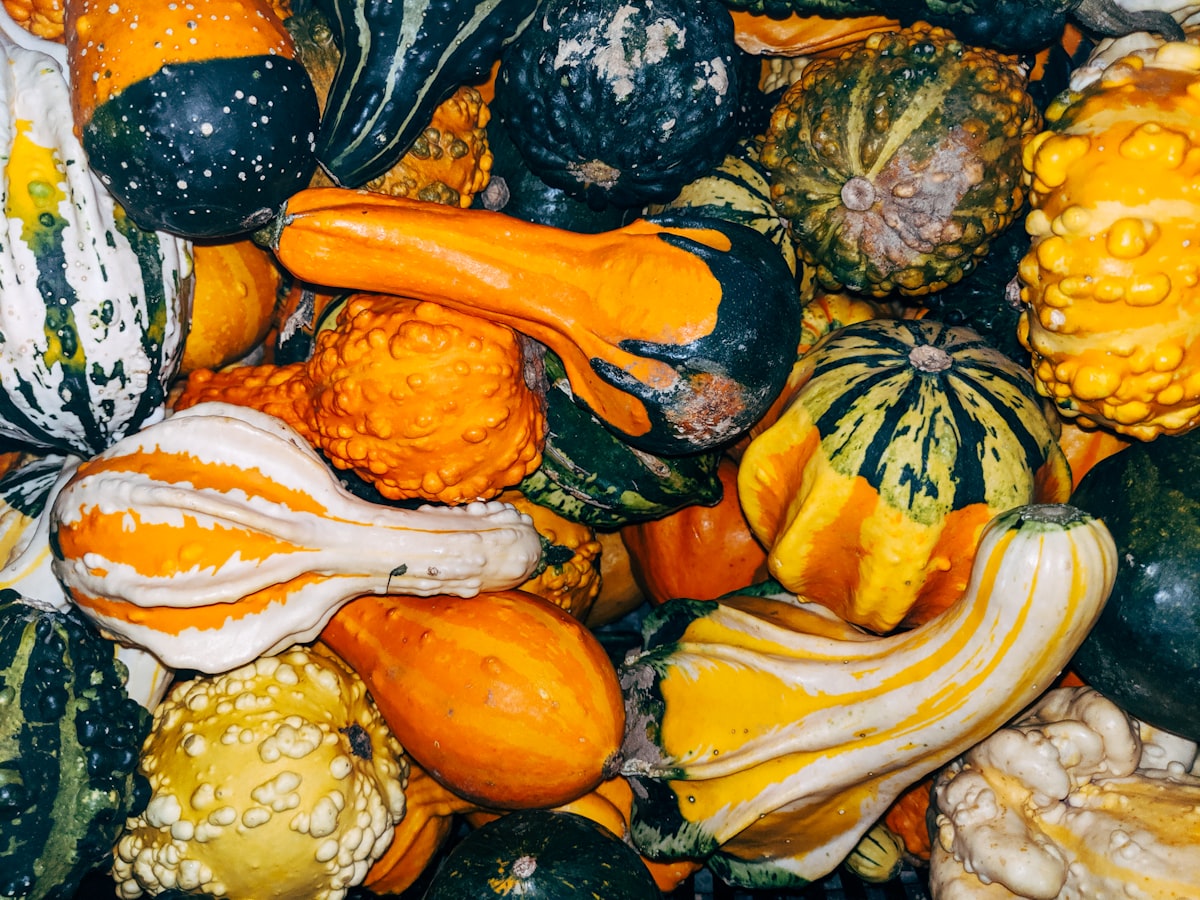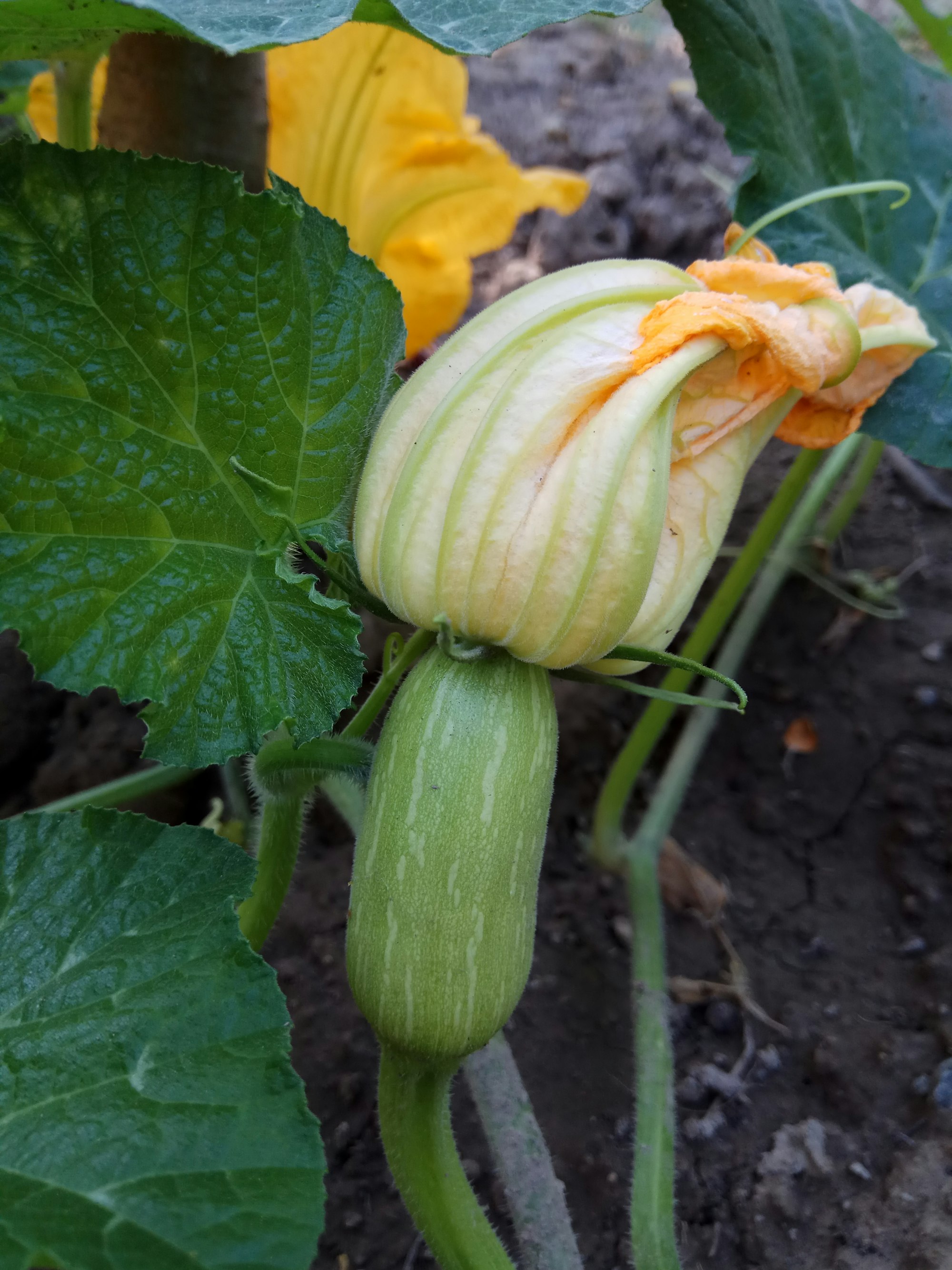How to Grow Squash
Growing squash can be a rewarding experience for both beginner and experienced gardeners. This versatile vegetable has numerous varieties, including summer and winter squash, providing endless possibilities for delicious dishes.

Table of Contents
Choosing the right conditions, including location, soil, and timing, is essential to grow squash successfully.
By following some practical tips and tricks, you'll be on your way to harvesting a bountiful crop of squash to enjoy all year long.
About Squash Plants
Squash is a versatile and nutritious vegetable in many varieties, belonging to the botanical family Cucurbita spp.
There are two main types of squash: summer squash, such as zucchini (Cucurbita pepo), and winter squash, including acorn, butternut, and other varieties with harder shells.
Each type of squash grows on hills, has a central root system, and produces edible fruits that can be enjoyed at various stages of maturity.
Summer squashes are typically immature, while winter squashes are harvested when fully matured, offering different flavors and textures depending on the variety.
Planting Squash
Before planting squash, choose an area with full sun exposure and well-draining soil.
Prepare the garden bed by adding compost and organic matter to enrich the soil. Ensure the soil temperature has warmed to at least 60°F (15°C).
Wait until the last frost date has passed, as squash plants are sensitive to cold temperatures.
To plant squash seeds, create mounds or hills about 3-4 feet apart and sow 2-3 seeds per mound, approximately 1 inch deep.
If you prefer starting seeds indoors, use peat pots for easy transplanting and sow them about 3-4 weeks before your planned transplanting date.
Once seedlings have emerged and have a couple of true leaves, thin them to the strongest plant per mound. When transplanting, be careful not to disturb the roots to avoid stress on the plant.
For increased protection against pests and cold temperatures, consider using a cold frame during the initial growth stages.

Caring for Squash Plants
Sun and Temperature
Squash plants require full sun and thrive at 60-90°F (15-32°C) during the growing season.
Make sure to place your plants in an area that receives at least six hours of direct sunlight per day, and protect them from frost, as it might damage the leaves and hinder their growth.
Water and Humidity
Consistent watering is essential for healthy squash growth.
Provide your plants with 1 to 1.5 inches of water per week, ensuring the soil remains moist but not soggy.
Adding a layer of mulch around the base of the plants can help retain moisture and prevent weeds from competing for nutrients.
Soil and Fertilizing
Squash plants prefer well-draining soil that is rich in organic matter. Amend your soil with compost and composted manure to provide necessary nutrients.
Additionally, incorporate a balanced fertilizer into the soil at planting time and feed your plants throughout the growing season to support their rapid growth.
Pruning and Propagation
Monitor the male and female flowers on your squash plants to ensure proper pollination and fruit set.
Male flowers typically appear first, followed by female flowers with a small fruit at their base. Bees and other pollinators are crucial for fertilization, so avoid using pesticides that might deter them.
Pruning excess foliage can improve airflow and sunlight exposure, leading to healthier plants and higher yields.
Troubleshooting Plant Problems
Growing Problems
When growing squash, you may encounter issues like uneven growth or blossom-end rot.
To prevent these problems, provide fertile, dark, and well-drained soil rich in organic matter and trace minerals and maintain adequate moisture levels.
Pests and Diseases
Squash can be susceptible to various pests and diseases, such as squash vine borer, squash bug, cucumber beetles, powdery mildew, and bacterial wilt. To tackle these issues, follow these measures:
- Pests: Neem oil and insecticides can help with squash vine borers, squash bugs, and cucumber beetles. Row covers are also beneficial in keeping pests away.
- Diseases: Proper sanitation, crop rotation, and good air circulation can prevent powdery mildew. For bacterial wilt, removing infected plants and controlling cucumber beetles are crucial, as they transmit the disease.
Early detection and intervention are essential in effectively managing pests and diseases. Keep an eye on your squash plants and take action as soon as you notice any issues.
Conclusion
Growing squash can be a rewarding and fruitful endeavor in your garden.
You can enjoy a bountiful harvest of both summer and winter squash varieties with proper care, attention, and patience.
By following the essential steps, such as planting squash seeds in suitable soil after the last frost date and maintaining consistent watering and fertilization, you'll be well on your way to successfully cultivating delicious squash for your culinary creations.
Frequently Asked Questions
What are the best squash companion plants?
Companion plants can help squash plants grow better by providing various benefits. Some popular options include corn, beans, and peas, which work together to improve soil nutrients, provide shade, and reduce the risk of pests.
What are the key stages of squash growth?
Squash plants go through several stages of growth: germination, vegetative growth, flowering, fruiting, and harvesting. Monitoring these stages can help you provide the right care, such as proper watering, fertilization, and pest control.
How do you grow yellow squash in containers?
To grow yellow squash in containers, choose a large pot with good drainage and fill it with high-quality potting soil. Plant your seeds or seedlings about 1 inch deep, water regularly, and ensure the container receives adequate sunlight for optimal growth.
What is the optimal spacing for yellow squash plants?
Proper spacing is important for healthy yellow squash plants. Allow at least 2-3 feet between plants to provide sufficient room for growth and air circulation, reducing disease risk and promoting better fruit production.
How deep should squash plants be planted?
When planting squash seeds, they should be sown about 1 inch deep in well-drained soil. If you're transplanting seedlings, plant them at the same depth as in their original containers to avoid disrupting their root system.
What month is best for planting squash?
The ideal month for planting squash depends on your location and climate. Generally, squash can be planted after the last frost date, when the air temperature averages 65ºF (18ºC). A planting calendar can help you determine the best time for your specific region.


